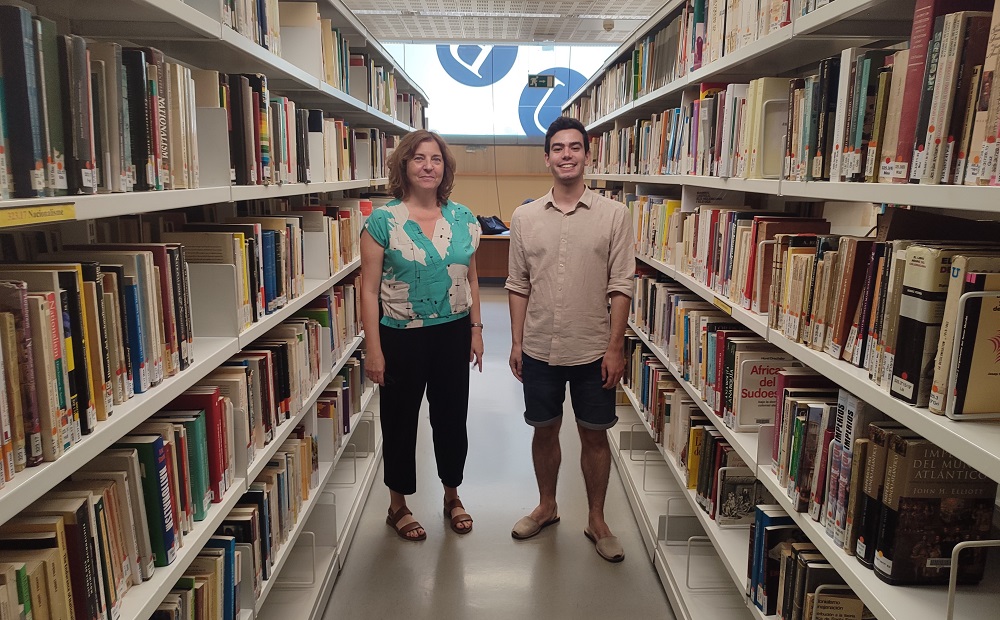18 July 2025
How did religion and rebellion materialize in the artistic manifestations in Early Modern Catalonia? Cristina Fontcuberta and Quintí Vinyes (Barcelona) were surprised by the results they found, as you can read from the interview we had with them.

Cristina Fontcuberta and Quintí Vinyes (Barcelona) won the REFORC Paper Award 2025 for their paper that was presented during the Fourteenth Annual REFORC Conference on Early Modern Christianity in Vienna, May 2025, entitled Image, Religion and Rebellion. Use and Absence of Combative Art in Early Modern Catalonia, addressing the essential role of art in confessional conflicts, and gives account of some iconographies in the Catalan territory. We had an interview with the award winners, in which they elaborated on the research conducted:
Seeing that the theme of the Fourteenth Annual REFORC Conference on Early Modern Christianity revolved around religion and rebellion, we began to reflect on how this issue materialized in the artistic manifestations of the time. We were quickly reminded of the scathing paintings, prints, and medals that openly sought to criticize specific figures, personalities, or situations within the “war of images” that took shape during the Reformation.
The disputes between propaganda and counter-propaganda — to use Bob Scribner’s terms — on the various sides of this politico-religious conflict gave rise to satirical images that, for example, ridiculed the Pope by depicting him as a demon. In the intention behind producing such combative images, one can discern a rebellious stance against the hegemonic order, as well as a desire to convince the faithful of the opposing side to abandon their confession and join their own cause.
By contrast, in the Hispanic territories, and specifically in Catalonia, combative images are surprisingly absent. Although there were some satirical works — known at a documentary level — these were not produced locally, but were mainly imported from French territories. This extraordinary absence, despite the multiplicity of conflicts in which the Kingdom of Spain was involved, prompted us to ask why such a void existed.
Yes, we have indeed been surprised by some of the results we have found —and continue to find— in our research. For example, in late 17th century Barcelona, we identified a theatrical performance that satirized the Catholic sacraments and the figure of the bishop. This performance was swiftly condemned by the vicar general of the diocese within just a few days. It is important to consider these more territorially focused acts of control by local ecclesiastical authorities, as they help us understand the particular degree of surveillance and punishment that existed and, consequently, the level of difficulty involved in the creation of combative images.
In my case (Quintí), I will continue to work on the propagandistic dimension of academic thesis defenses, which is part of my doctoral research. It is a fascinating field that will reveal numerous insights into these issues.
In my case (Cristina), since part of my research—starting with my doctoral thesis, which I published as a book—has focused on these ‘combat images’ in various European conflicts, my idea is to continue exploring certain iconographies that were used either to express opposition to enemies or to propagate one’s own ideas.
***
Thank you for the interview, Quintí and Cristina! We wish you fruitful continuation of your research.